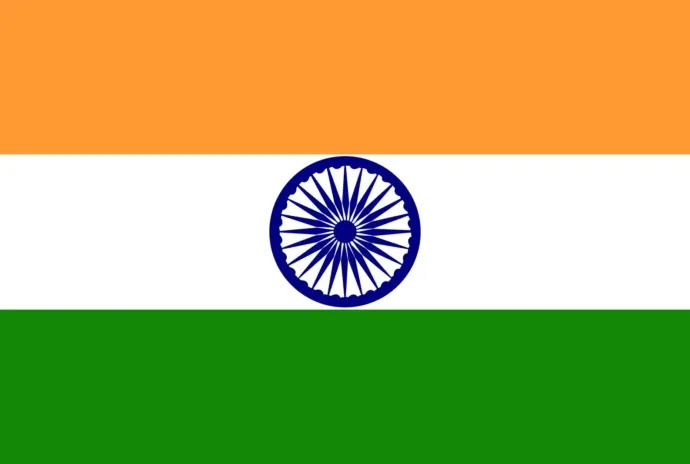ISLAMABAD STAFF REPORTER
The veil of so-called democracy in India has lifted, exposing the country’s harsh reality of systemic oppression and injustice, according to official reports. Behind its democratic claims, India is grappling with internal collapse, widespread exploitation, and the rise of numerous separatist movements.
Currently, 67 active independence and separatist movements are reported to be operating within India. The northeastern states of Nagaland, Manipur, Assam, and others are witnessing an escalation in demands for independence, fueled by public outrage over Prime Minister Narendra Modi’s discriminatory policies, suppression of minorities, and the continued use of military force to silence dissent.
One of the key groups, the National Socialist Council of Nagaland (NSCN), represents the Naga people’s resistance against Indian military oppression, religious persecution, and cultural subjugation. According to Indian daily The Hindu, the Indian Ministry of Home Affairs has extended the ban on NSCN for another five years, an act critics describe as a deliberate attempt to silence the legitimate voices of the Naga population.
Observers state that the Modi government continues to use counterterrorism laws as a tool to label popular dissent as terrorism, effectively stifling the public’s demand for justice and autonomy. Reports allege that the government is stripping its citizens of basic rights to remain in power and justify its strong-arm tactics.
The increasing unrest is seen by analysts as a direct response to the Modi-led government’s failure to address ethnic diversity, imposition of Hindu nationalist ideologies, and the militarization of civilian spaces in several Indian states.
The situation remains tense as calls for independence grow louder, and human rights advocates continue to voice concerns over India’s deteriorating democratic values and rising authoritarianism under the current regime.


